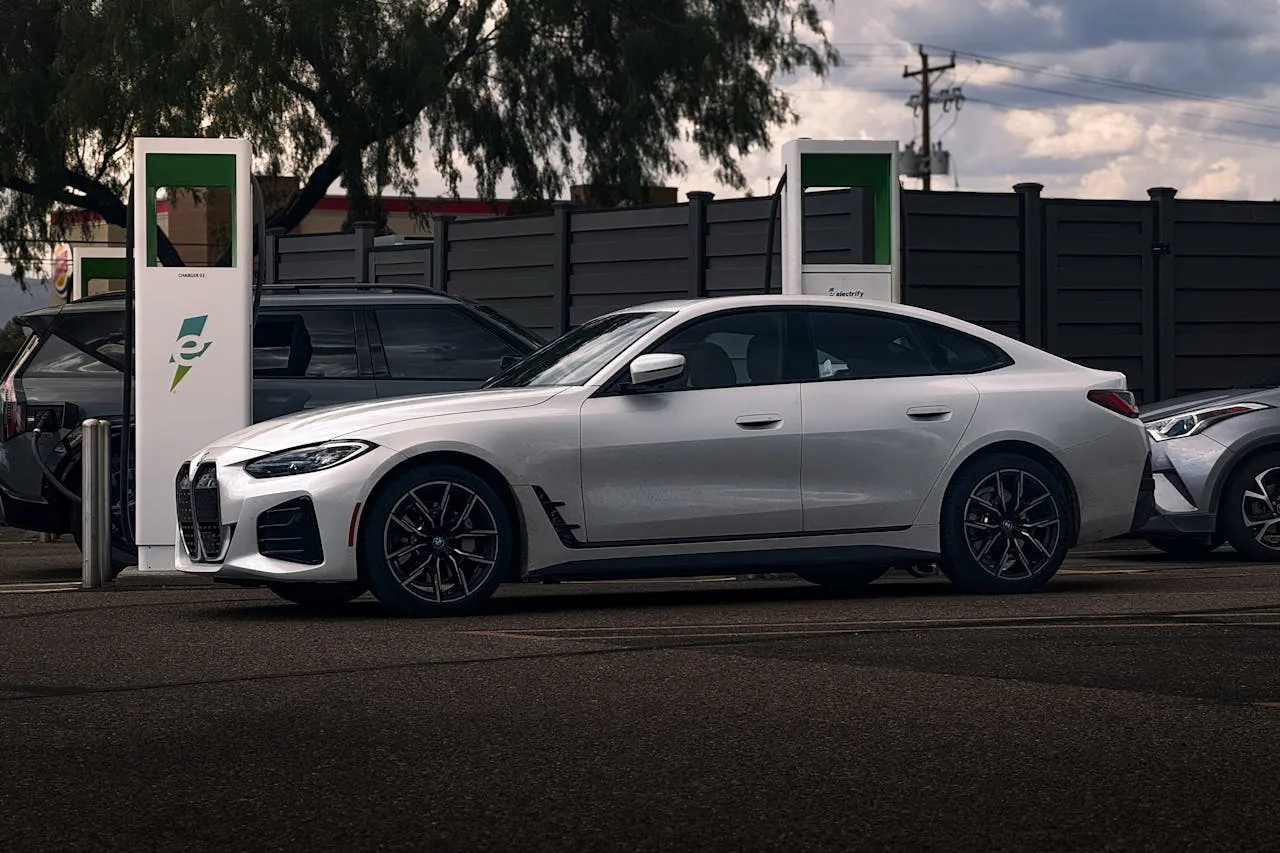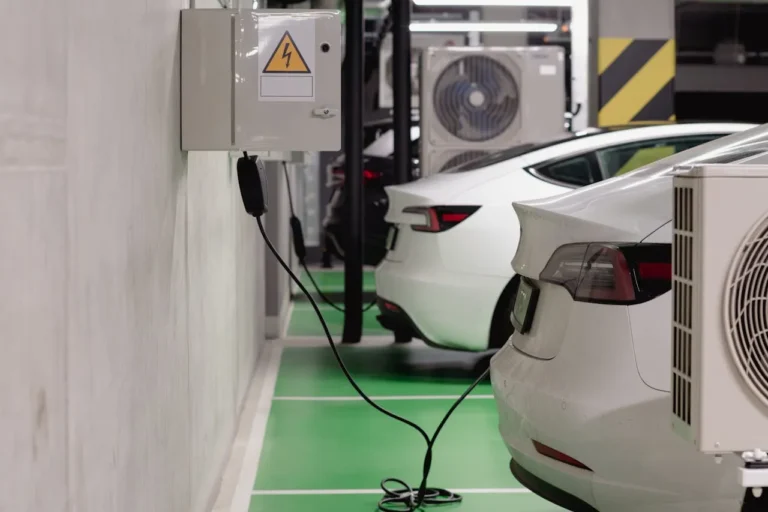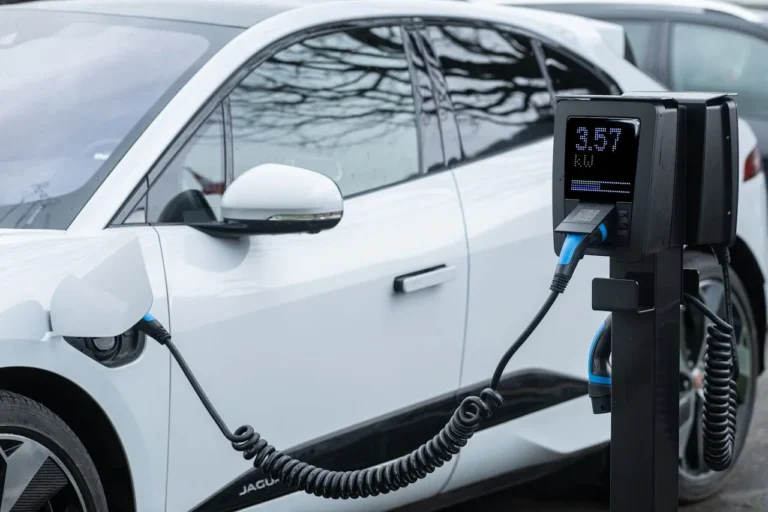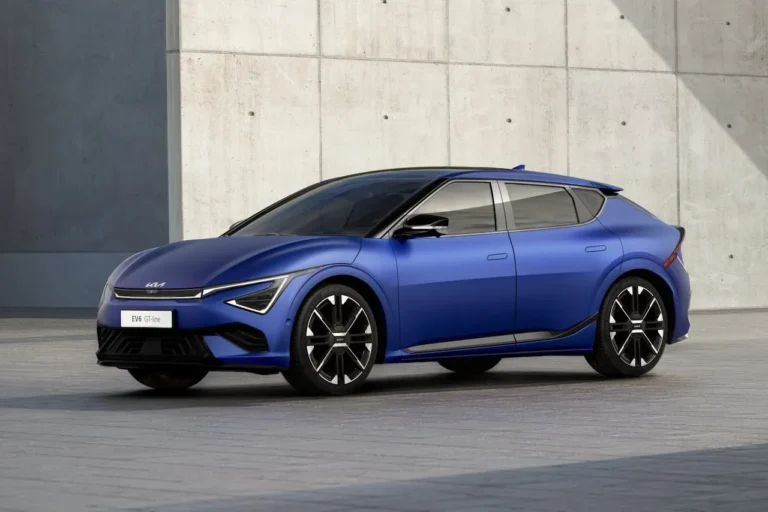
Global EV Battery Thermal Insulation Materials Market, 2025–2034: A Comprehensive Recast
The transition from internal‑combustion drivetrains to electrified powertrains has pushed battery engineering into the spotlight, and with it the quiet—but indispensable—domain of thermal insulation materials. Safeguarding lithium‑ion and next‑generation battery chemistries from dramatic temperature swings is no longer just a design preference: it is a prerequisite for safety, warranty compliance, and brand reputation. According to the newly released report “EV Battery Thermal Insulation Materials Market Size, Share, Trends, Analysis, and Forecast 2025‑2034” from ResearchAndMarkets.com, the segment was valued at US $2.61 billion in 2025 and is projected to more than double to US $5.22 billion by 2034, registering a robust compound annual growth rate (CAGR) of 10.4 percent.
1. Why Thermal Insulation Matters in an EV Battery Pack
Modern traction batteries must operate within a narrow thermal “comfort zone” (typically 15 °C – 45 °C) to deliver peak power, maintain fast‑charging capability, and extend cell life toward the coveted 1 million‑kilometre mark now touted by premium brands. Exceeding that window—even briefly—accelerates electrolyte degradation; falling below it slashes discharge efficiency. Worse, uncontrolled heat propagation can initiate a thermal runaway chain reaction with potentially catastrophic consequences.
Thermal insulation materials act as the passive counterpart to active liquid cooling: they slow heat transfer, create fire‑retardant barriers between modules, and preserve uniform temperature gradients across large battery trays. By working in concert with phase‑change materials, heat pipes, or refrigerant plates, these layers reduce reliance on energy‑hungry cooling loops and free up kilowatt‑hours for real‑world driving range.
2. Market Momentum: Three Overarching Growth Catalysts
- Accelerating Electrification Targets
Government mandates—ranging from the European Union’s revised CO₂ fleet limits through 2030 to India’s FAME II incentives—continue to crowd “legacy” powertrains into a shrinking compliance corner. Each new EV platform launch translates directly into higher volumes of battery packs, and therefore of thermal insulation composites. - Stringent Safety Regulations and Consumer Expectations
Euro NCAP, China’s GB/T 31467, and the US Federal Motor Vehicle Safety Standard No. 305 all embed thermal event metrics in their certification protocols. OEMs unable to demonstrate fire‑containment times of several minutes risk recalls, insurance penalties, and consumer backlash. As a result, battery suppliers are embedding ever‑thicker or more advanced insulating media from day one. - The Race for Ultra‑Fast Charging
Moving from 200 kW to 350 kW public chargers slashes pit‑stop durations but also injects intense localized heat in the cell’s anode‑cathode interface. Mitigating that stress without sacrificing pack energy density demands higher‑performance, lightweight insulators—an R&D race that feeds continuous market growth.
3. Material Palette: From Conventional Foams to Aerogel Hybrids
The report segments the product universe into foams, fabrics, and coatings, each carving out its own niche:
- Polyurethane and Silicone Foams – Long‑standing workhorses thanks to their low thermal conductivity (<0.03 W/m·K) and ease of CNC form‑fitting around cylindrical or prismatic cells. Enhancements in flame‑retardant additives now allow these foams to meet UL 94 V‑0 ratings without halogenated compounds.
- Woven and Non‑Woven Fabrics – Aramid (Kevlar®), basalt, and glass‑fiber mats supply both insulation and mechanical damping, reducing cell‑to‑cell vibration in skateboard chassis designs.
- Ceramic and Polymer‑Ceramic Coatings – Sprayed or roll‑coated onto aluminum housings, they create micro‑porous char layers that slow flame spread. Emerging sol‑gel techniques are lowering cure temperatures, aligning with low‑VOC sustainability mandates.
- Aerogels and Nano‑Silica Composites – Though cost‑intensive, silica aerogels offer record‑low thermal conductivities (~0.015 W/m·K) at sub‑20 mm thicknesses, making them ideal for high‑performance sports EVs where every litre of cabin volume is sacred.
The interplay between thermal barrier technology and phase‑change material (PCM) technology is another noteworthy frontier. PCMs store latent heat during rapid charging sessions and release it gradually, smoothing temperature spikes. When laminated with flexible aerogel blankets, these “hybrid shields” unlock both active heat absorption and passive insulation.
4. Segmentation Highlights
| Dimension | Key Findings |
|---|---|
| End User | OEMs dominate revenue share by building insulation directly into battery modules, yet aftermarket retrofits—especially for commercial fleets operating in harsh climates—are a fast‑growing sub‑segment. |
| Application | Passenger vehicles remain the bulk consumer, but the commercial EV segment (vans, buses, heavy trucks) is a premium opportunity because larger packs require thicker insulation and compliance with more stringent safety codes. |
| Distribution Channel | Offline (direct supply contracts) account for most sales today. However, online platforms are gaining traction among indie battery assemblers and conversion workshops seeking small‑batch specialty materials. |
5. Regional Landscape: Hotspots of Innovation and Demand
- Asia‑Pacific
China, Japan, South Korea, and increasingly India anchor battery cell giga‑factories and supply chains. Government subsidies and vertical integration—aluminum trays, separator films, insulation—keep costs in check, making APAC the undisputed volume leader. - Europe
The EU’s Fit for 55 package and Euro 7 proposals heighten the need for advanced insulation. Germany and France host cutting‑edge aerogel pilot lines, while Scandinavian startups explore bio‑based, recyclable foams. - North America
The Inflation Reduction Act (IRA) supercharges domestic battery manufacturing, drawing 3M, Dow, and DuPont into joint ventures with automakers to localize insulation chemistries and avoid foreign‑content penalties. - South & Central America / Middle East & Africa
Smaller installed bases today, but public bus electrification in Brazil and industrial EV projects in the Gulf are creating high‑temperature market niches where ceramic fabrics outperform polymer foams.
6. Competitive Arena: Collaboration as the New Competitive Edge
The report profiles 15 major players, including BASF SE, Saint‑Gobain, Asahi Kasei, Solvay, LG Chem, Cabot Corporation, and Evonik Industries. What distinguishes the leaders is not merely material science prowess but an expanding network of joint‑development agreements (JDAs) with cell manufacturers and Tier‑1 battery pack integrators. These alliances accelerate the translation of lab breakthroughs—say, a next‑generation boron‑nitride aerogel—into scaled roll‑to‑roll processes that satisfy automotive PPAP requirements.
Meanwhile, Tier‑2 specialists like Aerogel Technologies LLC focus on ultra‑lightweight solutions for performance EVs and aerospace crossover applications. Start‑ups are also carving out space in the circular‑economy narrative by introducing recyclable PET‑based foams and bio‑sourced basalt fabrics that curb end‑of‑life disposal concerns.
7. Technological Trajectories and R&D Frontiers
- Integrative Pack Architecture – Structural battery cases that double as crash members demand insulators with both compressive strength and thermal barrier properties, pushing the development of fiber‑reinforced aerogel panels.
- Intelligent Thermal Barriers – Embedding temperature and pressure sensors within insulation layers enables real‑time cell health monitoring and predictive maintenance alerts—an essential feature for autonomous robo‑taxi fleets.
- Manufacturing 4.0 – Robotics‑assisted potting of foam beads and laser‑assisted ceramic spraying reduce scrap rates and ensure uniform coverage, critical when pack designs move from 400 V to 800 V architectures.
8. Challenges to Watch
- Cost Sensitivity – EV price parity with ICE vehicles hinges on every component. Aerogel costs have dropped 40 percent over five years, yet they remain expensive relative to polyurethane foams. Without further economies of scale, budget‑oriented EV segments may stick to legacy solutions.
- Regulatory Uncertainty – Divergent fire‑safety protocols across regions (e.g., UN ECE R100 vs. China’s GB standards) complicate global platform harmonization and drive up homologation costs.
- Supply Chain Volatility – Silicon dioxide feedstock for aerogels and specialty isocyanates for foams can experience sharp price swings, exacerbated by geopolitical tensions and energy‑price spikes. Developing bio‑based or recycled feedstocks mitigates exposure but is still at pilot scale.
9. Opportunities Beyond Light‑Duty Cars
The surge in interest for battery‑electric heavy‑duty trucks and long‑range intercity buses translates into battery packs exceeding 600 kWh. Such systems generate substantial heat loads during fast DC charging stops and require multi‑layer insulation stacks to meet safety regulations (e.g., UNECE R134 for hydrogen but analogous guidelines for batteries). Suppliers offering modular, easily serviceable insulation kits for megawatt‑charging depots stand to gain early mover advantage.
10. Strategic Recommendations for Stakeholders
- OEMs & Tier‑1 Battery Integrators: Factor insulation selection into the earliest design phase—shifting from “fit it at the end” to co‑designing the pack’s thermal, mechanical, and structural layers. This approach narrows tolerances, reduces mass, and speeds validation.
- Material Producers: Prioritize sustainability narratives—recyclability, low VOC emissions, and circular feedstocks—because forthcoming EU Battery Regulation revisions and US ESG reporting rules will formalize carbon‑footprint accounting at the component level.
- Policy Makers: Harmonize safety standards globally to cut compliance costs and accelerate cross‑border EV deployments, especially in commercial freight corridors.
- Investors & Start‑ups: Target gaps where mainstream suppliers hesitate—such as solid‑state battery‑specific insulators or PCM‑aerogel hybrids—and embrace collaborative ecosystems with national labs and automotive test houses.






